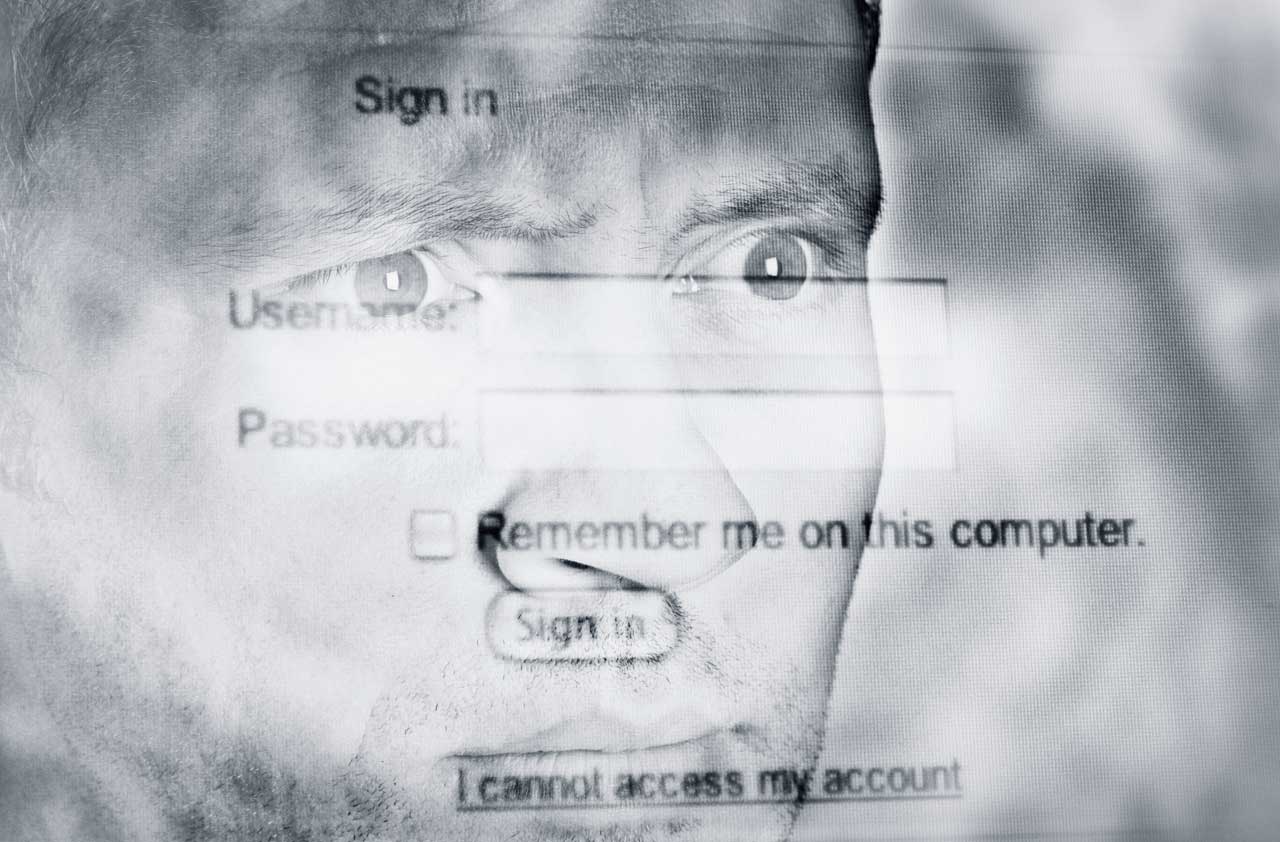How to Create a Secure, Easy-to-Remember Password
Forget sign-ons that look like hieroglyphics. You can beat hackers with simple words and phrases.


Security experts have warned for years that to protect our online accounts we need to change passwords frequently and make sure that those passwords are "complex"—meaning filled with letters, numbers and random characters. But that advice may have done more harm than good. Such passwords are nearly impossible to remember (try recalling something like "Tri3cer&top$"). So many people continue to rely on weak passwords, such as "123456," "password" and "qwerty."
Now, new research shows that not only are complex passwords user-unfriendly, but they're also not hacker-proof. That's partly because once people finally commit passwords to memory, they often reuse them for multiple accounts. That makes "passphrases"—long, easy-to-remember strings of words—a better deterrent to the bad guys.
Creating a strong passphrase. Start by picking a series of unrelated common words—such as cloud tomato history bridge—or a phrase that may be obscure but that you can remember. Length is more important than randomness, although many websites currently limit you to, say, a dozen characters. Put capital letters, numbers or special characters within the passphrase, not just at the beginning or the end, says Lorrie Cranor, a computer science professor at Carnegie Mellon University. For example, you could use "Cloud!Tomato2HistoryBridge." Avoid repetitive or sequential characters, such as "777" or "XYZ," or even using letters that form a pattern on the keyboard.

Sign up for Kiplinger’s Free E-Newsletters
Profit and prosper with the best of expert advice on investing, taxes, retirement, personal finance and more - straight to your e-mail.
Profit and prosper with the best of expert advice - straight to your e-mail.
Lock them up. Still, the average internet user has more than 100 accounts to keep track of. And even the best passwords are easily compromised if you write them down—which is what 73% of people do, according to a 2017 survey by the Pew Research Center.
One solution is to sign up with a password manager that will store all of them behind one master login—the only password you'll need to remember. A password manager can also help you create strong, unique passwords for each of your accounts. Passwords generated by the service will still be long, unpredictable and impossible to remember. But that's okay because you'll never need to type them in yourself.
For example, if you want password manager LastPass (free) to generate a password for you, log into LastPass and then visit the site that you want to add to your LastPass account. Ask to reset your password, then use the LastPass browser extension to generate a new password. Change your password on the site and log in to that account using the newly generated password. A pop-up will ask if you'd like to add the new password to LastPass. After that, LastPass will fill in the new password automatically. The service's premium option ($24 a year) adds a few features, including priority tech support, some multifactor authentication options and 1 gigabyte of encrypted storage. The family plan ($48 a year) allows up to six people to use the service and share log-in information with one another for shared accounts.
To add another layer to your security network, enable two-factor or multistep authentication on any account that allows you to. You'll enter your username and password as usual, but the account will then confirm your identity by asking you to enter a code that has been sent to your smartphone or e-mail address. The extra step deters hackers, and you'll know if an intruder attempts to log in with your password.
Get Kiplinger Today newsletter — free
Profit and prosper with the best of Kiplinger's advice on investing, taxes, retirement, personal finance and much more. Delivered daily. Enter your email in the box and click Sign Me Up.
